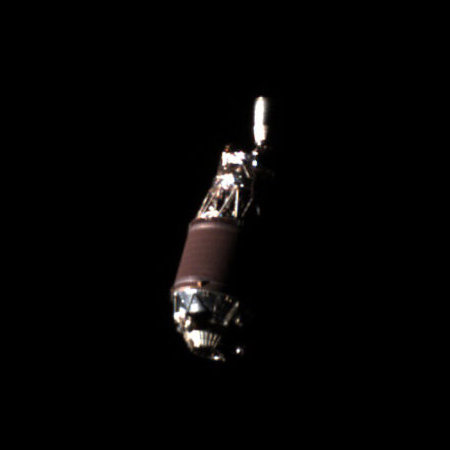Astroscale awarded patent for its space junk removal technology

Astroscale’s patented design. Click for original.
The Japanese orbital tug and space junk removal startup Astroscale was awarded a U.S. patent in late July for its space junk removal technology.
Under this new patented method, the servicer docks with a debris object (the “client”) and transfers it to a reentry shepherd vehicle in a lower orbit. Once the client is docked with the shepherd, the servicer separates and proceeds to engage a new client, while the shepherd safely guides the initial client into Earth’s atmosphere for reentry. This process repeats, allowing the servicer to remove multiple large debris objects over the course of its mission.
Astroscale’s architecture also supports flexible mission profiles: the shepherd can remain docked through reentry, undocked after performing reentry insertion and returned to orbit, or in some cases, missions can proceed without a shepherd vehicle at all. This adaptability is essential in addressing the diverse size and risk profile of objects in orbit.
The company notes that this technology, which the image suggests will use robot arms to grab its targets, will allow its spacecraft to remove not only inactive satellites that were launched with docking equipment already attached but also rocket bodies and older satellites without that docking capability.

Astroscale’s patented design. Click for original.
The Japanese orbital tug and space junk removal startup Astroscale was awarded a U.S. patent in late July for its space junk removal technology.
Under this new patented method, the servicer docks with a debris object (the “client”) and transfers it to a reentry shepherd vehicle in a lower orbit. Once the client is docked with the shepherd, the servicer separates and proceeds to engage a new client, while the shepherd safely guides the initial client into Earth’s atmosphere for reentry. This process repeats, allowing the servicer to remove multiple large debris objects over the course of its mission.
Astroscale’s architecture also supports flexible mission profiles: the shepherd can remain docked through reentry, undocked after performing reentry insertion and returned to orbit, or in some cases, missions can proceed without a shepherd vehicle at all. This adaptability is essential in addressing the diverse size and risk profile of objects in orbit.
The company notes that this technology, which the image suggests will use robot arms to grab its targets, will allow its spacecraft to remove not only inactive satellites that were launched with docking equipment already attached but also rocket bodies and older satellites without that docking capability.


